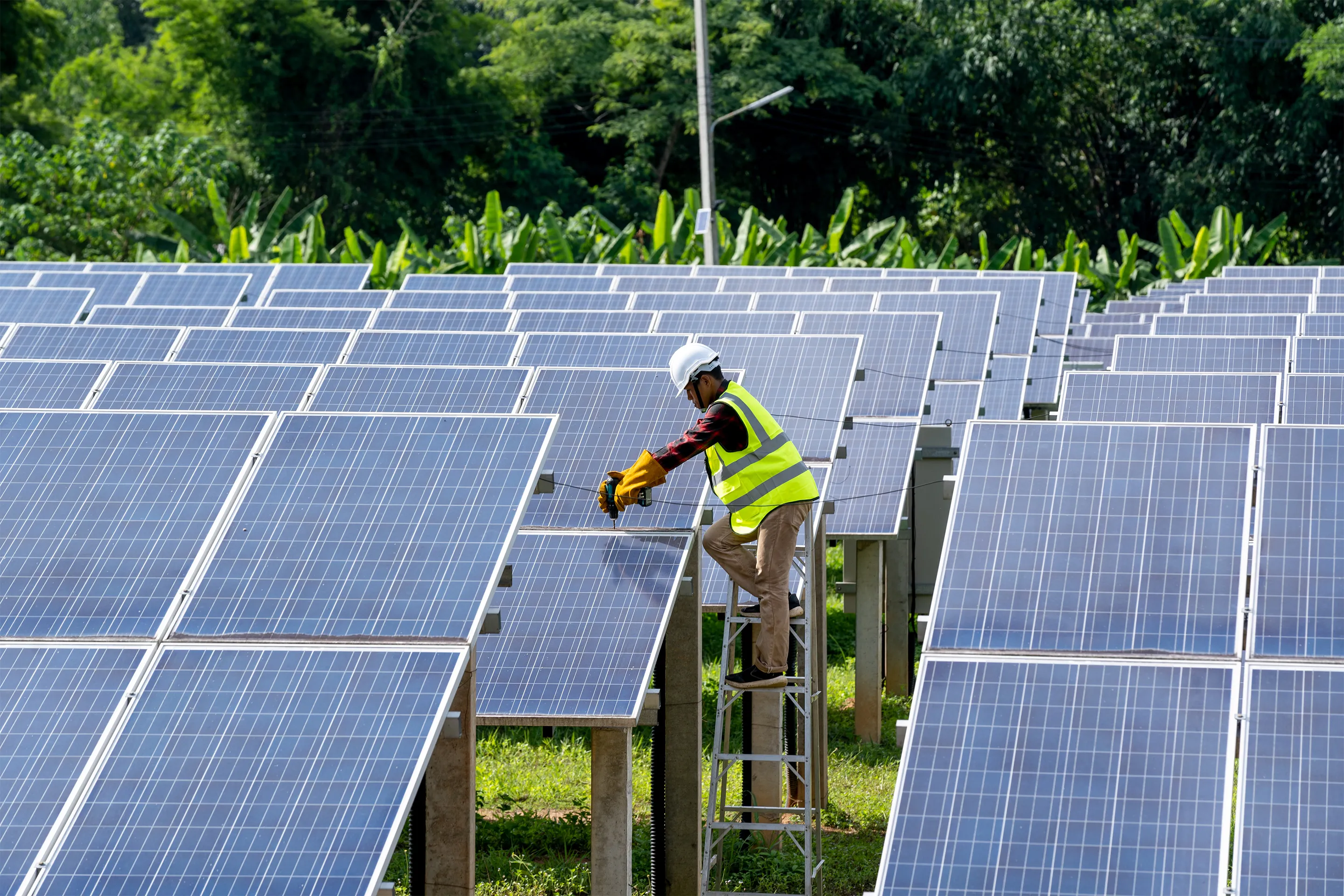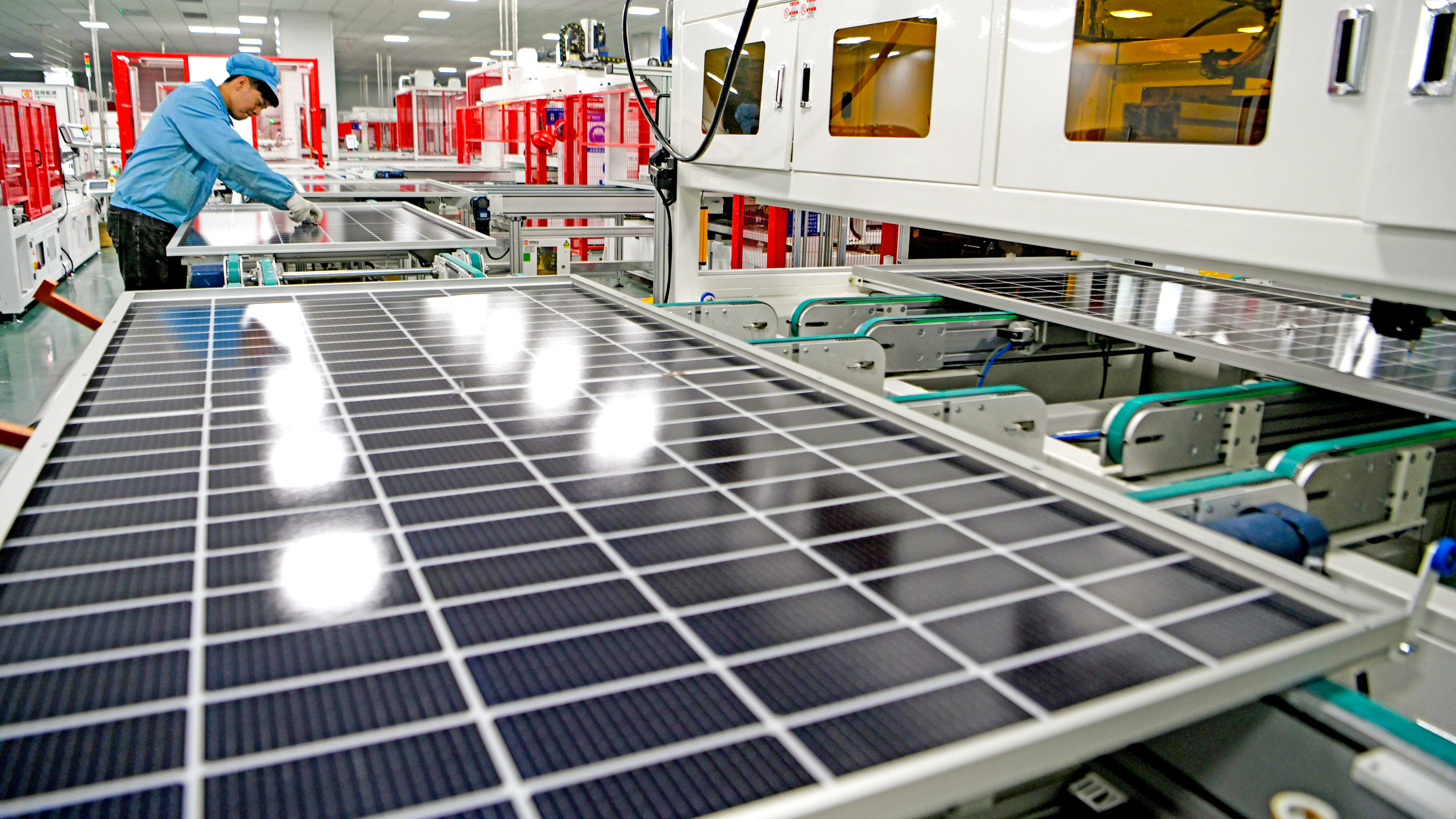How Solar Panel Company Virginia can Save You Time, Stress, and Money.
How Solar Panel Company Virginia can Save You Time, Stress, and Money.
Blog Article
Solar Battery Backup Virginia: Lumina Solar Concentrates On Offering Advanced Photovoltaic Solutions For Residences And Companies
History and Founding
Have you ever questioned how a solar panel company springs from a mere spark of inspiration into a powerhouse of renewable resource? It often begins with a vision-- one fueled by a mix of innovation, determination, and a pinch of serendipity. The journey of lots of solar companies mirrors the development of the technology itself: from large, ineffective panels to sleek, high-efficiency marvels utilizing the sun's bounty.
The Early Days
In the late 20th century, when solar power was still a specific niche principle, pioneers planted seeds for what would end up being a worldwide motion. Imagine a little workshop filled with curious engineers, tirelessly explore solar batteries. Their enthusiasm was palpable, typically driven by a desire to fight climate change and reduce reliance on fossil fuels.
One such anecdote has to do with a founder who, inspired by an outdoor camping journey, understood that even in remote areas, the sun could power essential devices. This easy observation triggered a business's objective to democratize access to tidy energy.
Founding Principles

- Innovation: Constantly pressing the limits of solar technology to improve effectiveness and toughness.
- Sustainability: Dedicating to eco-friendly manufacturing and lowering carbon footprints.
- Accessibility: Making renewable resource services budget friendly and useful for daily users.
Turning points in Development
| Year | Secret Event |
|---|---|
| 1985 | Business established in a small garage, focusing on research and development. |
| 1995 | Very first business photovoltaic panel item launched, acquiring local attention. |
| 2005 | Expanded to worldwide markets, accepting international renewable resource objectives. |
| 2015 | Introduced cutting-edge photovoltaic panel technology with enhanced energy conversion. |
Isn't it interesting how these incremental steps, typically neglected, shape the energy landscape today? The solar panel business story is not simply about technology; it has to do with an unrelenting mission for a brighter, cleaner future.

Developments in Solar Panel Technologies
Ever discovered how some solar panels shine brighter and last longer? It's not magic; it's the science of photovoltaic effectiveness. Modern solar panel companies invest greatly in innovations like bifacial cells, which catch sunlight from both sides, enhancing energy harvest without broadening roofing system space. Have you ever wondered why some panels perform much better on cloudy days? That's due to advances in thin-film solar innovation, which thrives under diffused light conditions.
Item Variations Customized to Special Needs
One size never fits all. Solar panel suppliers now offer:
- Monocrystalline panels for maximum performance and streamlined visual appeals, suitable for space-constrained rooftops.
- Polycrystalline panels, which provide an economical option without sacrificing too much output.
- Building-integrated photovoltaics (BIPV), merging solar tech seamlessly into architectural aspects like windows and exteriors.
Selecting the right product isn't simply about in advance cost; it's about matching your environment, energy objectives, and long-lasting cost savings. For instance, homes shaded by trees require panels that excel in low-light circumstances, something many overlook until energy costs climb up unexpectedly.
Technical Tips for Optimal Selection
- Evaluate the temperature level coefficient-- lower worths suggest panels lose less performance on hot days.
- Search for panels with boosted anti-reflective finishes to make the most of light absorption.
- Consider the panel's warranty not simply for problems, however for guaranteed power output over decades.
- Do not underestimate the significance of the inverter innovation paired with the panels; it can make or break your system's performance.
Beyond Panels: Emerging Patterns
Think of photovoltaic panels that change their angle immediately to chase the sun-- tracking systems are becoming more available, increasing yield significantly. Or solar tiles that blend invisibly into your roofline, transforming your home into a silent, self-dependent power generator. These developments are reshaping what a solar panel company provides-- not simply items, however integrated energy solutions.
Market Existence and Global Operations
Ever question why some photovoltaic panel companies seem to sprout up in every corner of the globe while others hardly make a ripple? The distinction lies not simply in technology but in mastering the check here art of navigating varied markets. Broadening internationally resembles planting seeds in various environments-- you need to understand each environment's special conditions to flourish.
Take, for circumstances, the complex dance of logistics and supply chain management. Shipping panels midway across the world isn't simply about range; it's about timing, customs, tariffs, and adjusting to local need changes. A business with robust global operations prepares for these variables, making sure panels show up on schedule without pumping up costs. This insight is no small task and frequently separates industry leaders from followers.
Secret Techniques for Expanding Market Existence
- Localized manufacturing: Developing production centers near target markets minimizes shipping delays and import complexities.
- Strategic partnerships: Collaborating with regional companies accelerates market penetration and develops trust.
- Adaptive item design: Customizing photovoltaic panel tech to weather, sun intensity, and infrastructure nuances improves efficiency and approval.
What about the human factor? Solar panel companies running globally should reconcile cultural differences and regulatory subtleties without losing sight of their core objective. What works in a sun-drenched desert might fail in a humid seaside region. Often, the most innovative solution is merely listening-- absorbing local insights to fine-tune innovation and approach.
Specialists frequently advise a phased rollout rather than a shotgun expansion. Why risk overextension when measured development constructs sustainable momentum? Scaling wisely indicates balancing aspiration with functional strength - Commercial Solar Panels Virginia. In the race for sustainable energy dominance, patience can be as valuable as speed.
Environmental Impact and Sustainability Practices
When photovoltaic panels first emerged, numerous presumed they carried absolutely no ecological baggage. The reality is more nuanced. The production of solar batteries includes uncommon earth metals and energy-intensive processes, which can leave a sizable carbon footprint before the panels even reach roofs. The true environmental cost depends greatly on the sustainability practices used by the photovoltaic panel company throughout the lifecycle of their items.
How often do we stop briefly to consider what occurs to solar panels at the end of their useful life? Unlike batteries or electronic devices, photovoltaic panels can last 25-30 years, but disposal and recycling pathways remain underdeveloped in lots of regions. A company devoted to reducing environmental harm will have a robust plan for recycling photovoltaic products, salvaging valuable silicon, glass, and metals to prevent land fill accumulation.
Key Sustainability Techniques
- Making use of low-impact manufacturing techniques that lessen water and energy usage.
- Carrying out closed-loop systems to recycle production waste back into new panels.
- Taking part in transparent supply chain audits to guarantee ethical sourcing of basic materials.
- Designing panels for easier disassembly to aid future recycling efforts.
It's worth noting that some solar companies have actually pioneered innovative approaches, such as integrating eco-friendly components or utilizing less toxic chemicals throughout fabrication. This not only reduces environmental strain but likewise sets a precedent for the industry. The question stays: can the solar industry really pivot towards a circular economy model without sacrificing performance or affordability?
Specialist Tips for Examining Sustainability
- Ask about the business's dedication to carbon-neutral manufacturing and whether they offset emissions.
- Investigate if they partner with licensed recycling facilities dedicated to solar panel waste.
- Search for transparency reports detailing environmental effects and sustainability objectives.
- Think about the longevity and warranty of panels as an indirect step of resource effectiveness.
In the end, going with solar energy needs to mean more than simply slashing electrical power expenses; it has to do with nurturing a future where energy is collected properly and waste is attentively managed. Solar panel companies that accept this viewpoint not just light up homes but likewise cast a brighter light on sustainable development.
Report this page